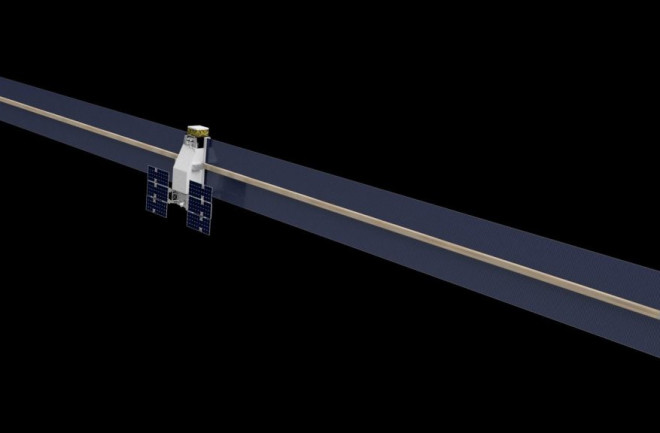Putting a satellite in space is news of the past, but launching a spacecraft that can 3-D print and self-assemble is a story of the future. NASA is now betting on the technology being ready for prime time as early as 2022.
NASA Bets on a Spacecraft that Can 3-D Print and Self-Assemble in Orbit
Jul 15, 2019 11:20 AMDec 23, 2019 5:41 AM

Archinaut One will test 3-D printing spacecraft components, and then assembling them, in low-Earth orbit. (Credit: Made in Space, Inc.)
Newsletter
Sign up for our email newsletter for the latest science news
0 free articles left
Want More? Get unlimited access for as low as $1.99/month
Stay Curious
Sign up for our weekly newsletter and unlock one more article for free.
View our Privacy Policy
Want more?
Keep reading for as low as $1.99!
Already a subscriber?
Find my Subscription
More From Discover
Stay Curious
Subscribe
To The Magazine
Save up to 40% off the cover price when you subscribe to Discover magazine.
Copyright © 2025 LabX Media Group
